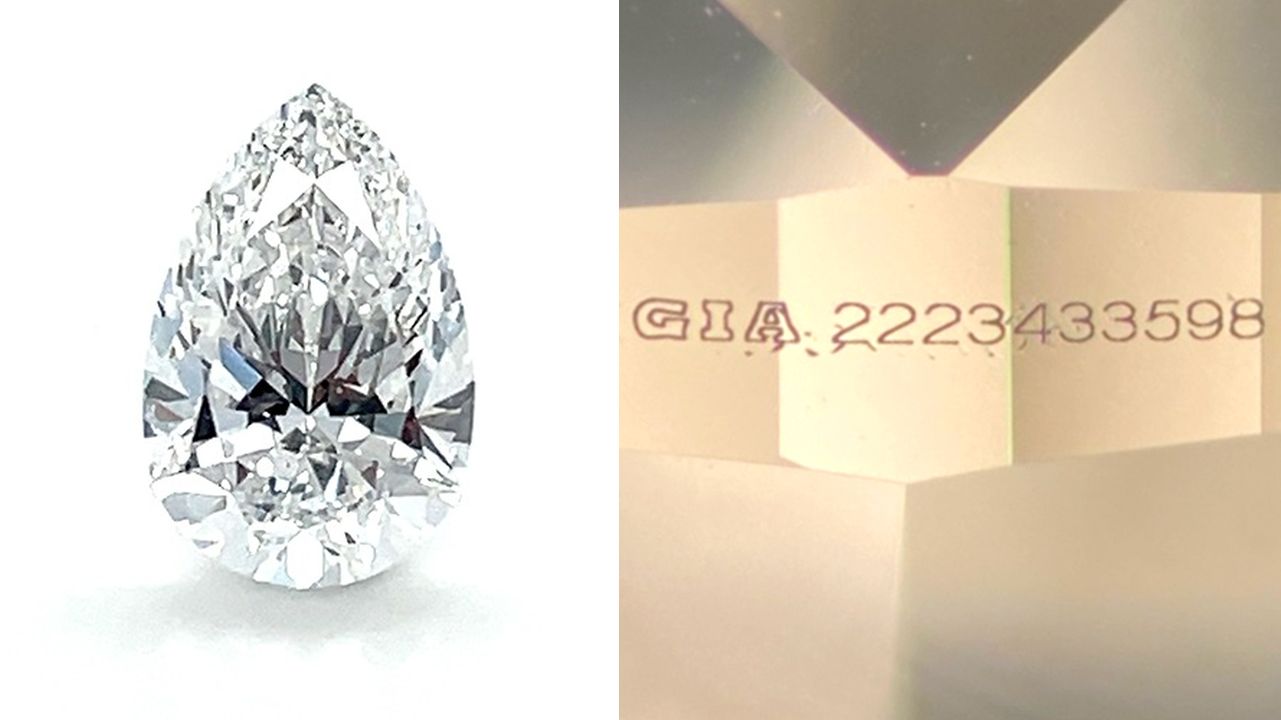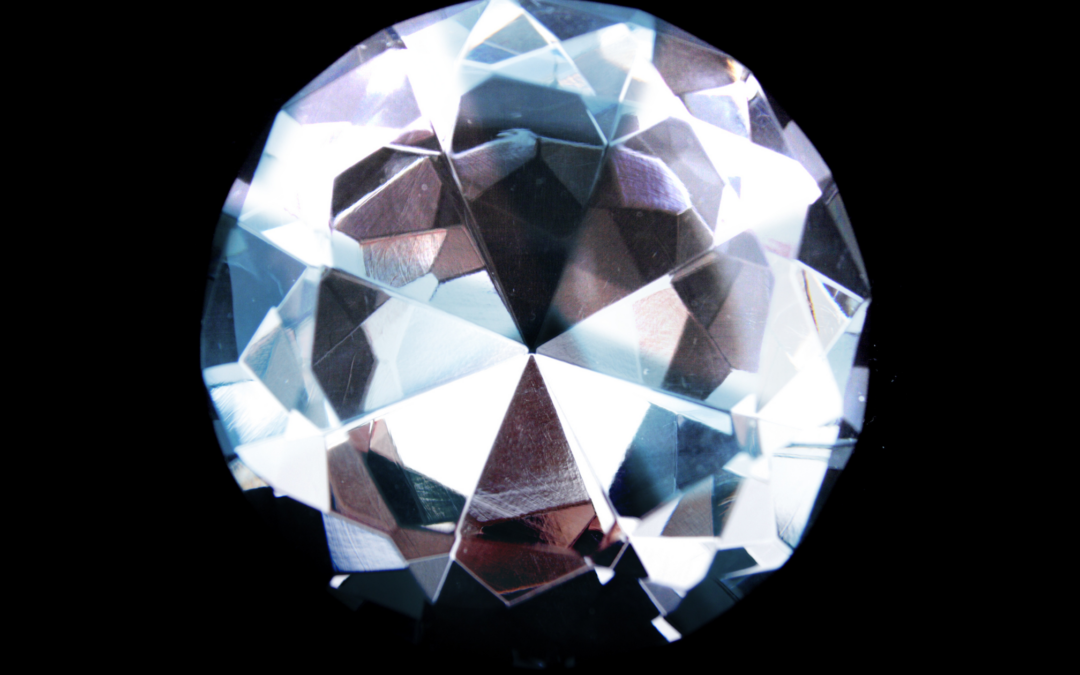
Another lab-grown diamondsubmitted as a natural stone was discovered lately by one gem lab, and it's rather large. At its lab in Bangkok, the International Gemological Institute reportedly examined and graded a 6.18-carat round brilliant diamondstone that was sent in for verification.
The Gemological Institute of America's report that accompanied it claimed it was a natural diamond with a D color, perfect clarity, and a triple exceptional cut; however, IGI discovered6ct. lab-grown diamond posing as natural.
6ct. Lab-Grown Diamond Posing As Natural
In a recent revelation, the International Gemological Institute (IGI) uncovered a significant case of attempted fraud involving a 6.01-carat pear-cut diamond. Initially submitted for grading, the stone bore a Gemological Institute of America (GIA) laser inscription, leading the IGI to believe it was a natural diamond, consistent with online data from the GIA. However, thorough testing exposed a startling truth: the gem was, in fact, a synthetic diamond meticulously paired with a GIA report.
Accompanied by a report from the Gemological Institute of America (GIA) certifying it as a natural diamond with D color, flawless clarity, and a triple excellent cut, the diamond had undergone a meticulous substitution with a lab-grown counterpart. IGI's gemologists, astute in their examination, recognized the ruse, revealing that the synthetic diamond had been cut and polished with unparalleled precision to precisely match the data on the GIA report.
The IGI employed photoluminescence spectroscopy to scrutinize the diamond, unveiling a doublet attributed to silicon-vacancy (SiV) defects, a telltale sign of its synthetic origin through chemical vapor deposition (CVD). Microscopic examination further revealed a carbon inclusion instead of the feather documented in the GIA report, along with a cloud, resulting in a diminished clarity grade. Additionally, a subtle disparity in the stone's depth was detected, though the IGI emphasized that such minor deviations could easily evade notice, particularly once the diamond was set into jewelry.
IGI CEO Tehmasp Printer stressed the need for heightened vigilance across the industry, emphasizing the rising tide of attempted fraud. "As attempted fraud increases, the need for ongoing verification is a necessary step to protect consumers from purchasing misrepresented gems and jewelry,"Printer asserted. This alarming discovery follows a series of industry alerts highlighting the deceptive practice of selling lab-grown diamondsas natural, signaling a growing trend that demands immediate attention.
The incident mirrors recent findings by Italian lab Gem-Tech, which exposed three synthetic diamondsflaunting GIA inscriptions, casting a shadow over the integrity of gemstone certifications. These forged diamonds serve as a stark reminder of the challenges facing the industry in safeguarding the authenticity of precious stones and the trust of consumers. As technology advances in the production of synthetic diamonds, industry stakeholders must remain vigilant to thwart fraudulent activities and uphold the credibility of gemological certifications.
IGI labeled this 6.18-carat lab-grown diamond as the largest to be certified by a gem lab with the sole intention of presenting it as a natural stone. The incident highlights a growing demand among consumers for assurance regarding the authenticity of the diamonds they are purchasing. Bob Van Es, Managing Director of IGI Thailand and Hong Kong, noted:
“„At IGI, we have seen a huge increase in double verification demand, which means before going for a major purchase, consumers like to receive confirmation that the stone matches the original report.- Bob Van Es
Final Words
The recent revelations of attempted fraud within the diamond industry, involving both the 6.01-carat pear-cut diamond and the 6.18-carat round brilliant diamond, underscore the pressing need for enhanced vigilance and verification measures. The incidents reveal a sophisticated trend where lab-grown diamonds are meticulously paired with authentic certifications, challenging the industry's ability to safeguard the authenticity of precious stones.
As technology advances, stakeholders must adapt and strengthen their protocols to ensure the credibility of gemological certifications and protect consumers from misrepresented gems and jewelry. The imperative for ongoing verification is clear, echoing the sentiments of industry leaders like IGI CEO Tehmasp Printer, who emphasized the necessity of proactive measures in the face of rising attempts at fraud.
